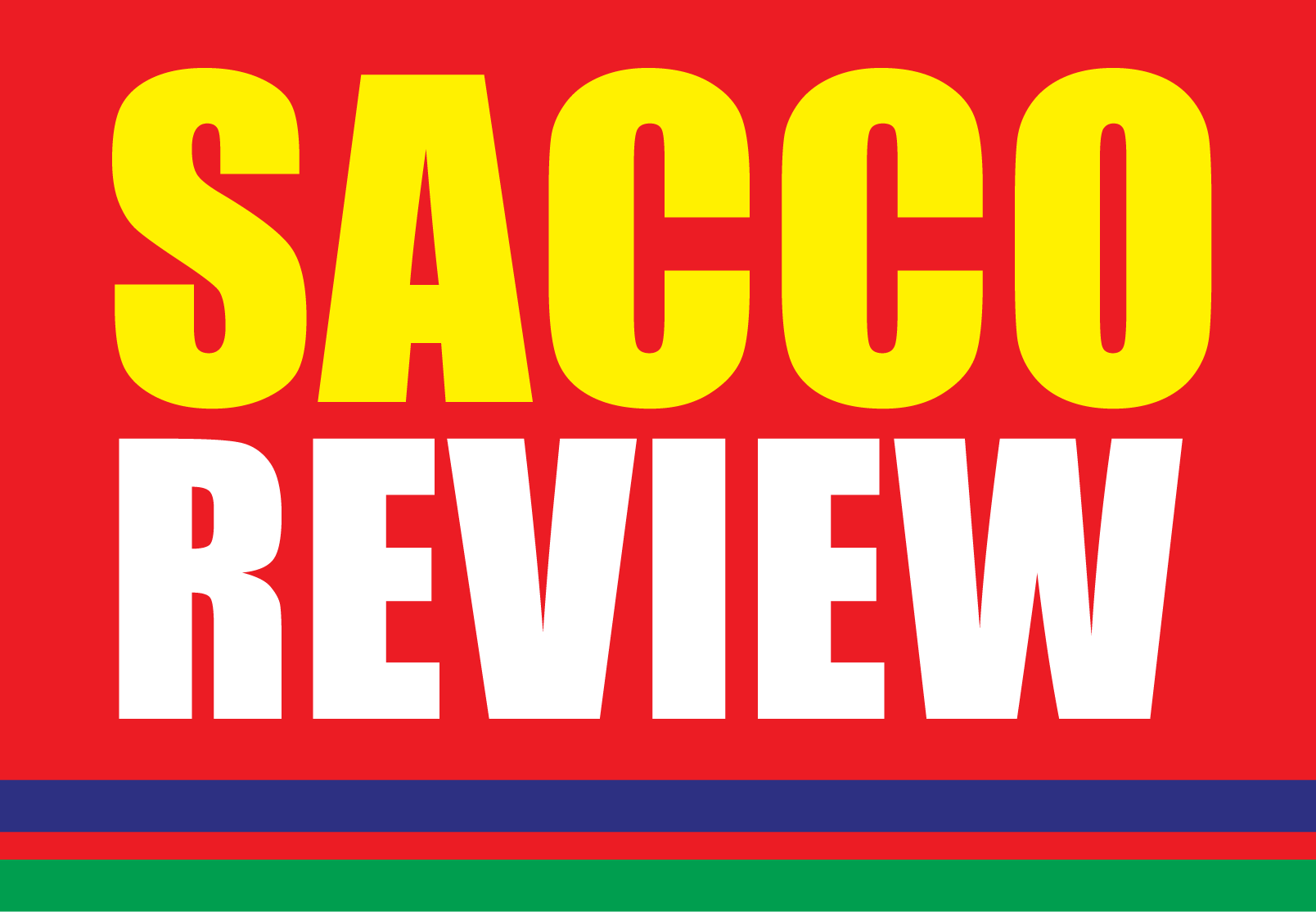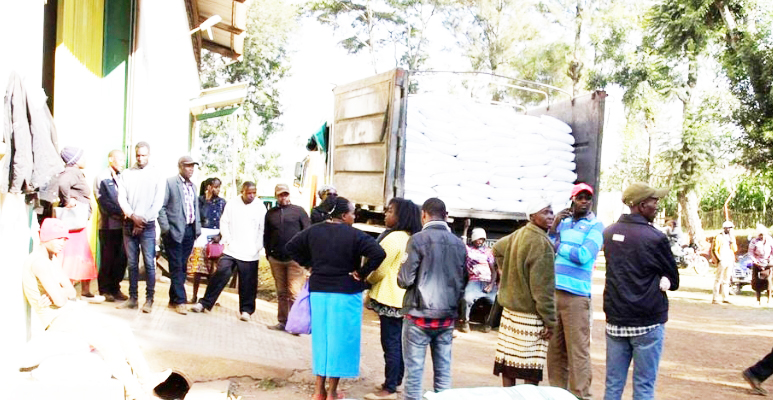The cost of fertilizer remains the biggest challenge to most farmers across the country despite the government’s efforts to introduce subsidized packages, a thing which continues to hinder food production according to a recent study.
As per the latest Agriculture Survey by the Central Bank of Kenya (CBK) whose main objective was to obtain indicative information on recent trends and market expectations of prices and output of key agricultural commodities, farmers are also said to find it hard to access other farm inputs like seeds and pesticides.
“Farmers face several barriers in accessing farm inputs, but the most severe is the high costs – especially in relation to fertilizer, seeds, and pesticides. Other challenges include lack of finance and the high cost of mechanization,” the survey concluded. “The problem of high cost of farm inputs was cited by more than 90 per cent of the sampled farmers as a binding constraint to accessing farm inputs. This is despite the government having initiated a subsidised fertilizer programme with a view to lessen the cost and encourage use of fertiliser to increase yields.”
The proportion of sampled farmers who report to have accessed government subsidized fertilizer has been more than 50 per cent since the January 2024 survey.
YOU MAY ALSO READ:
Mediation Committee Meets to Consider Contentious Clauses of Sugar Bill
The proportion reported was 53 per cent in January, 67 per cent in March, 71 per cent in May and 60 per cent in July 2024.
Among the reasons for not being able to access the subsidised fertilizer include costly transport to collection centres, and speculation that they might not get it considering the high demand for the commodity.
“In other instances, some farmers reported that they were not aware that subsidized fertilizer was available at a reasonable price. Other farmers cited the complications around the logistics of access, and that the demand for the subsidised fertiliser was too high relative to supply. In some cases, priority was given to farmers who were members of a farming group, making it difficult for those who did not belong to any farming group to benefit from the subsidised fertiliser,” the study also reports.
Consequently, the study revealed, about 40 per cent of the sampled farmers reported to have obtained loans from various sources in July 2024, including the Hustler Fund, prospective buyers, friends and family, and cooperative society.
The main sources of finance for farmers have continued to be banks, Saccos and digital platforms.
However, high interest rates continue to be the most prominent barrier. Some farmers reported being averse to acquiring any form of credit for fear that it would render them vulnerable to being auctioned.
The survey drew 272 respondents from wholesale traders, retailers and farmers in select towns across the country. The farmers accounted for 47 per cent while retailers and wholesalers accounted for 37 per cent and 16 per cent respectively.
By Vostine Ratemo
You can also follow our social media pages on Twitter: Sacco Review and Facebook: Sacco Review Newspaper for timely updates.
>>> Click here to stay up-to-date with trending regional stories
>>> Click here to read more informed opinions on the country’s education landscape



